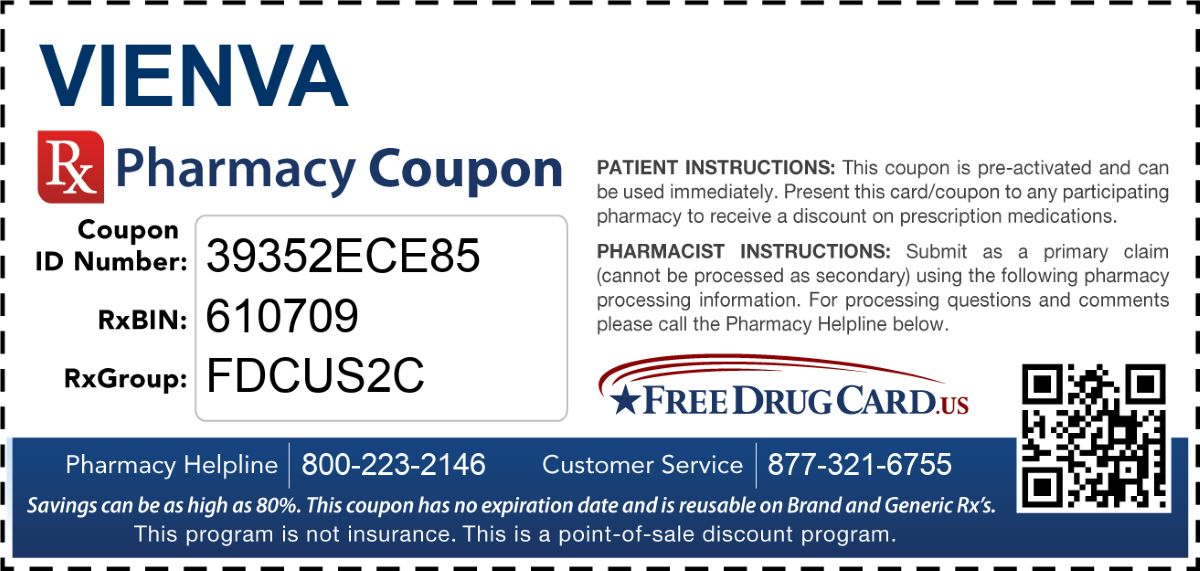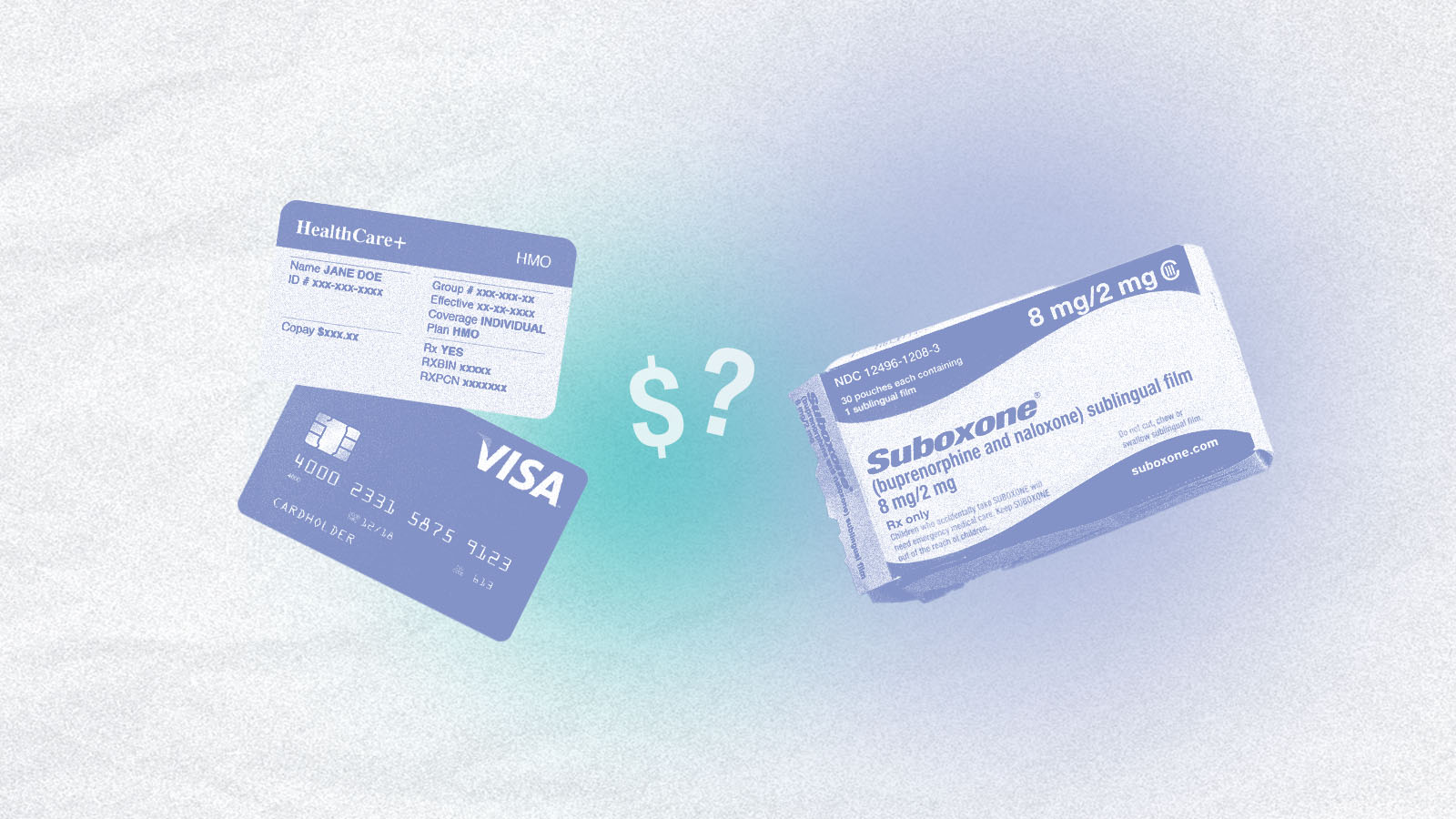

Finance
How Much Is Gabapentin Without Insurance?
Published: November 8, 2023
Discover the cost of Gabapentin without insurance and find out how it can impact your finances. Explore affordable alternatives and save on your medication expenses.
(Many of the links in this article redirect to a specific reviewed product. Your purchase of these products through affiliate links helps to generate commission for LiveWell, at no extra cost. Learn more)
Table of Contents
Introduction:
Gabapentin is a commonly prescribed medication that is used to treat various conditions such as seizures, nerve pain, and restless leg syndrome. It belongs to the class of drugs known as anticonvulsants and works by affecting the chemicals and nerves in the body that are involved in causing seizures and pain.
While Gabapentin can offer significant relief for those suffering from these conditions, the cost of the medication may be a concern for individuals without insurance. In this article, we will explore the cost of Gabapentin without insurance and discuss the factors that can influence its price.
It’s important to note that while insurance can help cover the cost of medications, not everyone has access to comprehensive health insurance coverage. So, understanding the potential cost of medications like Gabapentin is crucial for those individuals who may need to pay out-of-pocket for their prescriptions.
Furthermore, knowing the alternatives to Gabapentin can also be beneficial in order to explore more affordable options. We will touch upon some of the alternative medications that can be considered for various conditions.
Whether you are currently taking Gabapentin, considering starting this medication, or simply curious about its cost, this article aims to provide you with valuable insights and information.
What is Gabapentin?
Gabapentin, sold under the brand names Neurontin, Gralise, and Horizant, is a medication that is primarily used to treat epilepsy and relieve nerve pain. It was originally developed to treat seizures, but it has since been found to be effective in managing various types of chronic pain as well.
Gabapentin belongs to the class of drugs known as anticonvulsants or anti-seizure medications. It works by reducing the abnormal electrical activity in the brain that can lead to seizures. Additionally, Gabapentin also affects certain neurotransmitters in the brain, such as gamma-aminobutyric acid (GABA), which helps to decrease the transmission of pain signals.
Due to its mechanism of action, Gabapentin can be beneficial for individuals with conditions such as:
- Epilepsy: Gabapentin is commonly used as an adjunctive therapy in the management of partial seizures in adults and children.
- Neuropathic pain: It is also prescribed to treat nerve pain caused by conditions such as diabetic neuropathy, postherpetic neuralgia (nerve pain following shingles), and other types of neuropathic pain.
- Restless leg syndrome (RLS): Gabapentin can help relieve the uncomfortable sensations and urge to move that occur in RLS.
- Off-label use: In some cases, Gabapentin may be prescribed off-label to manage conditions like migraines, fibromyalgia, and bipolar disorder.
It is important to note that Gabapentin is not a cure for these conditions, but rather helps to alleviate symptoms and improve quality of life. It is typically taken orally in the form of capsules, tablets, or oral solution, and the dosage may vary depending on the individual’s condition and response to the medication.
Like any medication, Gabapentin may cause side effects, ranging from mild to severe. Common side effects include drowsiness, dizziness, and fatigue. Serious side effects are rare but can include allergic reactions, suicidal thoughts, and changes in mood or behavior. It is important to discuss any potential side effects with your healthcare provider and to adhere to the prescribed dosage and usage instructions.
Now that we have a better understanding of what Gabapentin is and its uses, let’s delve into the cost of this medication without insurance and explore the factors that can influence its price.
Why is Gabapentin prescribed?
Gabapentin is prescribed for a variety of reasons due to its effectiveness in managing certain medical conditions. Here are some of the common reasons why Gabapentin may be prescribed:
- Epilepsy: Gabapentin is primarily prescribed to individuals with epilepsy, a neurological disorder characterized by recurrent seizures. It can help reduce the frequency and severity of seizures, making it an essential medication for those living with epilepsy.
- Neuropathic pain: Gabapentin is widely used to treat nerve pain caused by conditions such as diabetic neuropathy, postherpetic neuralgia (nerve pain following shingles), and other types of neuropathic pain. The medication helps to alleviate the tingling, burning, or shooting pain that individuals may experience in these conditions.
- Restless leg syndrome (RLS): RLS is a disorder characterized by an irresistible urge to move the legs, often accompanied by uncomfortable sensations. Gabapentin can provide relief by reducing the sensations and the urge to move, allowing individuals to achieve better sleep and improved quality of life.
- Fibromyalgia: Although not approved specifically for fibromyalgia, Gabapentin is sometimes prescribed off-label to manage the chronic pain associated with this condition. It can help alleviate the widespread muscle pain, tenderness, and fatigue experienced by individuals with fibromyalgia.
- Migraines: In some cases, Gabapentin may be used off-label as a preventive medication for migraines. By reducing the excitability of nerve cells and modulating pain signals, it can help decrease the frequency and intensity of migraine attacks.
It is important to note that Gabapentin should only be taken under the guidance and prescription of a healthcare professional. The dosage and duration of treatment will be determined based on the individual’s specific condition and response to the medication.
Gabapentin can be an effective treatment option for individuals experiencing epilepsy, nerve pain, restless leg syndrome, fibromyalgia, and even migraines. However, it is crucial to consult with a healthcare provider who can evaluate your specific needs and determine whether Gabapentin is the right medication for you.
Now that we understand the reasons why Gabapentin is prescribed, let’s delve into the cost of this medication without insurance and explore the factors that can influence its price.
Cost of Gabapentin without Insurance
The cost of Gabapentin without insurance can vary depending on several factors such as the dosage, quantity of medication, and the pharmacy you purchase it from. On average, the price of Gabapentin without insurance ranges from $10 to $100 for a 30-day supply.
It is important to note that these prices are estimates and can vary significantly. Additionally, prices may be different in different regions and pharmacies, so it is always wise to compare prices and explore different options before making a purchase.
One way to potentially save on the cost of Gabapentin without insurance is by utilizing prescription discount cards or coupons. These cards can help reduce the out-of-pocket expenses for medications, including Gabapentin. They are often available for free and can be used at participating pharmacies to access discounts.
Another cost-saving option is to consider purchasing Gabapentin in bulk quantities. Buying a larger supply of medication can often lead to discounts and lower overall costs. However, it is crucial to ensure the expiration date of the medication and discuss with your healthcare provider to ensure appropriateness.
Furthermore, exploring different pharmacies and online platforms can help you find competitive prices for Gabapentin. Many online pharmacies offer lower prices compared to traditional brick-and-mortar pharmacies, but it is essential to ensure their legitimacy and adhere to safe online purchasing practices.
Additionally, some pharmaceutical manufacturers and patient assistance programs offer financial assistance or discounts for individuals who cannot afford their prescribed medications. These programs are worth exploring, as they can significantly reduce the cost of Gabapentin or provide it for free to eligible patients.
Lastly, it is important to consider the potential long-term cost of Gabapentin without insurance. If you require the medication for an extended period of time, the cumulative cost can add up. In such cases, it may be worthwhile to explore health insurance options or government programs that can provide financial assistance for medications.
Remember, these strategies are meant to help mitigate the cost of Gabapentin without insurance, but they may not be applicable or feasible for everyone. It is important to discuss your financial concerns with your healthcare provider, who may be able to provide alternative suggestions or refer you to resources that can help make Gabapentin more affordable for you.
Now that we have discussed the cost of Gabapentin without insurance, let’s explore the factors that can influence its price.
Factors Affecting the Cost of Gabapentin without Insurance
Several factors can influence the cost of Gabapentin without insurance. Understanding these factors can help individuals make informed decisions and find the most affordable options for their medication. Here are some key factors to consider:
- Dosage and Quantity: The dosage prescribed by your healthcare provider and the quantity of Gabapentin needed can significantly impact the cost. Higher dosages or larger quantities will generally have a higher price tag.
- Branded vs. Generic: Gabapentin is available as both a branded and generic medication. The generic versions, which contain the same active ingredient as the brand-name versions, tend to be more affordable since they do not carry the same marketing and development costs. Choosing the generic option can often result in significant cost savings.
- Pharmacy Markup: Different pharmacies may charge different prices for Gabapentin. Factors such as location, competition, and business models can influence pharmacy markup. It is advisable to compare prices across multiple pharmacies to find the most cost-effective option.
- Prescription Discount Programs: As mentioned earlier, utilizing prescription discount cards or coupons can help reduce the out-of-pocket cost of Gabapentin. These programs negotiate discounted prices with pharmacies on behalf of the cardholders.
- Manufacturer Assistance Programs: Some pharmaceutical manufacturers offer patient assistance programs or discounts for individuals who cannot afford their prescribed medications. These programs can significantly reduce the cost or provide the medication for free to eligible patients.
- Health Insurance Coverage: While the focus of this article is on the cost of Gabapentin without insurance, it is important to mention that having health insurance coverage can greatly impact the out-of-pocket cost. Different insurance plans cover medications differently, so it is crucial to review your coverage and consider any applicable copayments or formulary limitations.
- Geographical Location: The cost of Gabapentin can also vary depending on your geographical location. Prices may differ between regions or even within the same city. It can be beneficial to explore different areas or look for online pharmacies that may offer lower prices.
It’s important to note that while these are common factors that affect the cost of Gabapentin without insurance, there may be additional variables specific to your situation. Factors such as your income level, eligibility for government assistance programs, and access to patient advocacy resources can also play a role in determining the final cost.
By considering these factors and exploring various options, individuals can maximize their cost savings and ensure access to necessary medications like Gabapentin.
Now that we have discussed the factors that can influence the cost of Gabapentin without insurance, let’s explore some alternative medications to Gabapentin.
Alternatives to Gabapentin
While Gabapentin is an effective medication for managing certain conditions, it may not be suitable or affordable for everyone. In such cases, exploring alternative medications can be beneficial. Here are some alternatives to consider:
- Pregabalin: Pregabalin, sold under the brand name Lyrica, is a medication that works similarly to Gabapentin. It is approved for the treatment of nerve pain associated with diabetic neuropathy, postherpetic neuralgia, fibromyalgia, and partial-onset seizures. Pregabalin can be a viable alternative for individuals who cannot tolerate Gabapentin or require a different treatment approach.
- Amitriptyline: Amitriptyline is a tricyclic antidepressant that is also used to treat nerve pain. It can be effective in managing conditions such as neuropathic pain, migraines, and fibromyalgia. However, it is important to note that amitriptyline may have more potential side effects compared to Gabapentin, and it should be taken under the guidance of a healthcare professional.
- Duloxetine: Duloxetine is a selective serotonin and norepinephrine reuptake inhibitor (SNRI) that is commonly prescribed for neuropathic pain, fibromyalgia, and depression. It can be an alternative option for individuals who experience both chronic pain and mood symptoms.
- Tramadol: Tramadol is an opioid pain medication that can be used to manage moderate to moderately severe pain. It is often prescribed for conditions such as neuropathic pain and fibromyalgia when other non-opioid medications are not sufficient. However, it is important to be cautious with tramadol as it carries the risk of addiction and may have other side effects.
- Nonsteroidal Anti-Inflammatory Drugs (NSAIDs): NSAIDs like ibuprofen or naproxen sodium can be helpful for managing certain types of pain, including nerve pain caused by conditions like arthritis. They work by reducing inflammation and can be taken as needed or on a regular basis under the guidance of a healthcare professional.
It’s important to note that these alternative medications may have different mechanisms of action, side effects, and dosing regimens compared to Gabapentin. The suitability of these alternatives will depend on various factors, including the individual’s specific condition, medical history, and overall health.
It is crucial to consult with a healthcare professional to discuss potential alternatives to Gabapentin. They can evaluate your specific needs, provide personalized recommendations, and help determine the most appropriate medication for your condition.
Remember, finding the right medication and treatment approach is a collaborative effort between you and your healthcare provider. Open and honest communication about your symptoms, concerns, and preferences will optimize your healthcare experience and improve your overall well-being.
Now that we have explored some alternatives to Gabapentin, let’s summarize the key points of this article.
Conclusion
Gabapentin is a widely prescribed medication used to treat conditions such as epilepsy, nerve pain, and restless leg syndrome. However, for individuals without insurance coverage, the cost of Gabapentin can be a significant concern. It’s important to be aware of the potential financial burden and explore cost-saving strategies.
Factors such as dosage, quantity, pharmacy markup, and the availability of prescription discount programs can all impact the cost of Gabapentin without insurance. Comparing prices, utilizing discount cards or coupons, and exploring manufacturer assistance programs can help individuals find more affordable options.
Additionally, considering alternative medications like pregabalin, amitriptyline, duloxetine, tramadol, or nonsteroidal anti-inflammatory drugs (NSAIDs) can be a viable option for individuals who cannot tolerate or afford Gabapentin. However, it is vital to consult with a healthcare professional to discuss potential alternatives and determine the best course of treatment.
Ultimately, the cost of Gabapentin without insurance should not be a barrier to accessing necessary medications. Exploring different avenues, seeking financial assistance when available, and having open communication with healthcare providers can help individuals find the most affordable and suitable options for their specific needs.
Remember, the information provided in this article is for informational purposes only and should not be considered medical advice. It is always important to consult with a qualified healthcare professional for personalized guidance and recommendations regarding your specific condition.
By being proactive, informed, and resourceful, individuals can navigate the cost challenges of Gabapentin without insurance and ensure access to the necessary medications to manage their conditions effectively.














